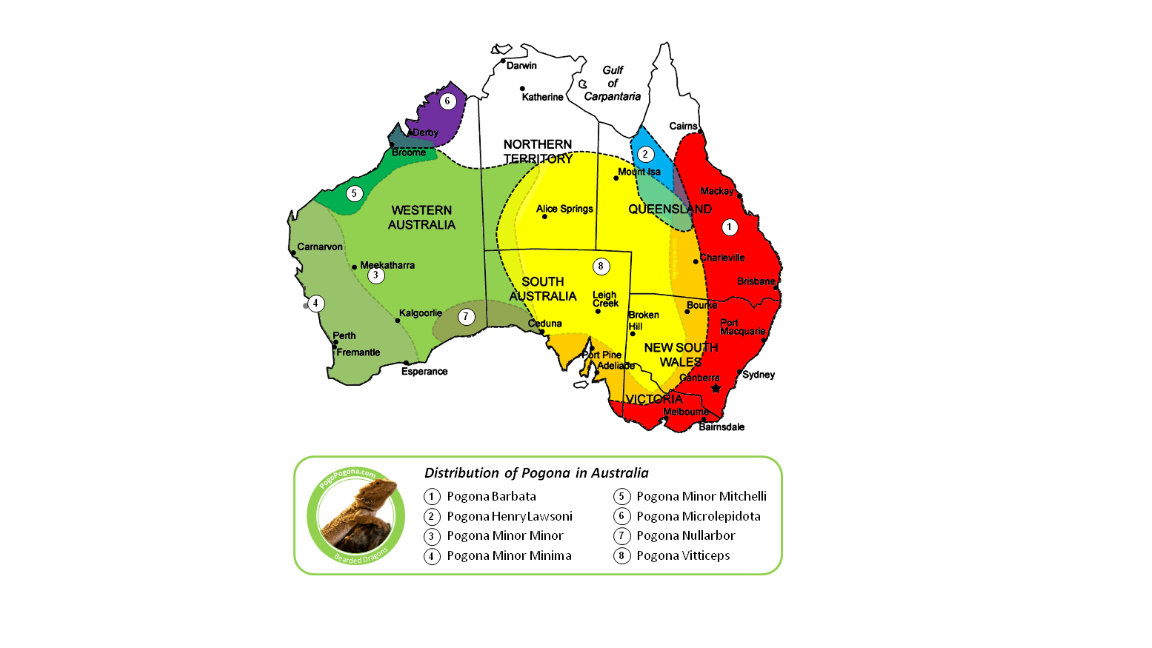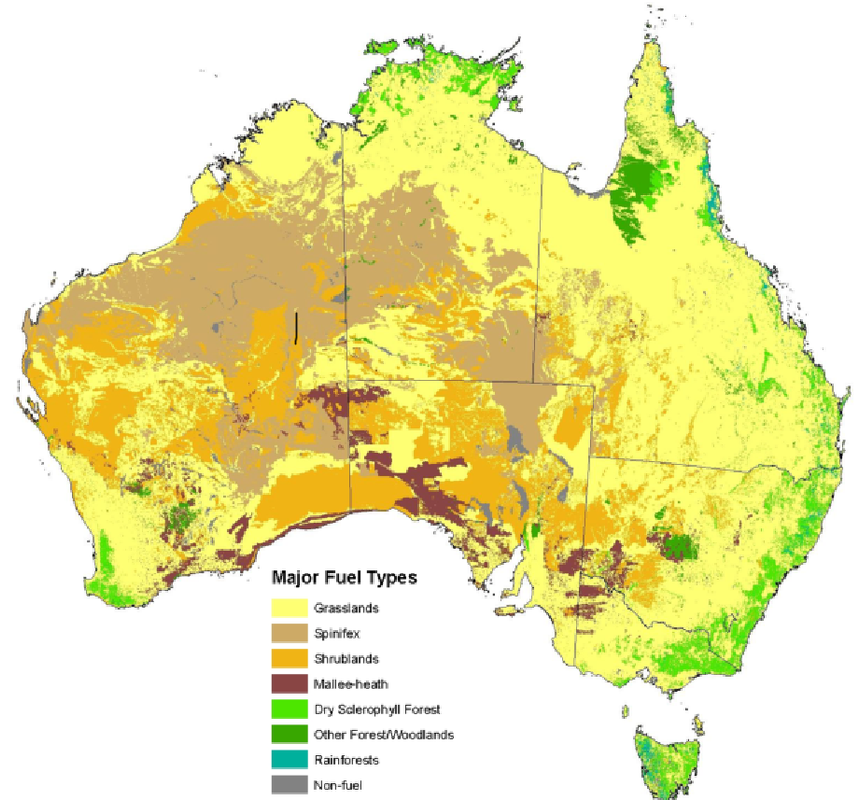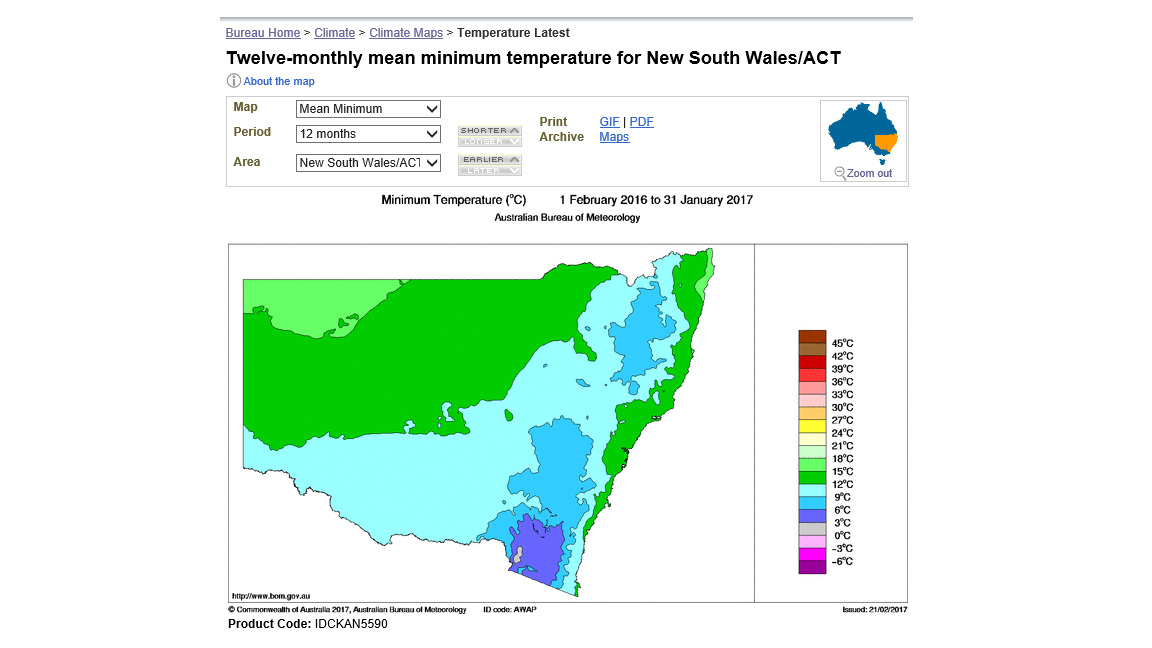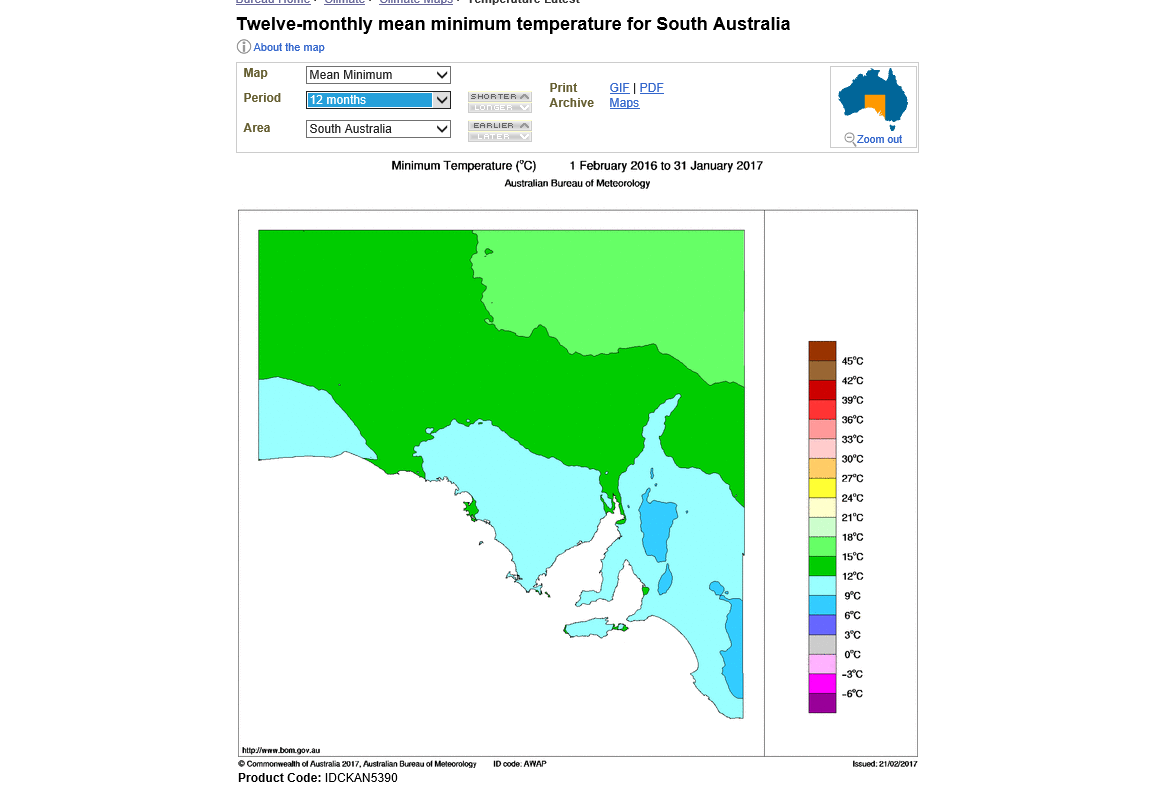As someone else mentioned I could see them evolving to have anti-freeze in their blood in Mountain dragons or Foothills dragons. I'd also imagine that they would have very differing coloration from species to species. Mountain dragons I would imagine would evolve to have skin that look like rock and the Foothills dragon evolve to have coloration of dry grass.
You are using an out of date browser. It may not display this or other websites correctly.
You should upgrade or use an alternative browser.
You should upgrade or use an alternative browser.
Beardies being introduced to Colorado
- Thread starter bigsad9000
- Start date
- Status
- Not open for further replies.
kingofnobbys":248dpuua said:bigsad9000":248dpuua said:TinyBlue":248dpuua said:Or even if they would survive.
I think the topic is a very interesting one. In a similar vein, I think that some dogs, like bulldogs or other flatnosed dogs, would not survive long in the wild. THey can hardly breathe, poor things!
Dragons would survive in Spain, I'm sure.
I feel like dragons could do fine in the warmer parts of Colorado and the USA where it rarely if not at all snows.
We have areas where it snows most winters here in Australia .
There are no wild bearded dragons ever encountered in these areas ( Barrington Tops, Blue Mountains, Snowy Mountains, ACT, Tasmania ) .
The most likely species of bearded dragon that are found in the warmer area's nearby are Eastern Bearded Dragons , who are hardier and more adaptable than their central bearded dragon cousins and have a larger natural range covering a wider latitude range than central bearded dragons.

So I would see two things happening. Since eastern dragons are more hardy I'd imagine they wouldn't evolve much because they are already well equipped for climates like Colorado. Then western dragons would be very diverse in both species and morphs.
Though for discussions sake I was thinking about only western dragons since they would be more inclined to branch off into multiple species so let's just stick to western dragons. Also for discussion sake let's limit it to only Colorado and not have them branch off into others states of the USA for the hell of it. Sorry should've mentioned in the first post but my memory is a little off so please excuse me.
kingofnobbys
BD.org Sicko
bigsad9000":1nvdd1s8 said:kingofnobbys":1nvdd1s8 said:bigsad9000":1nvdd1s8 said:TinyBlue":1nvdd1s8 said:Or even if they would survive.
I think the topic is a very interesting one. In a similar vein, I think that some dogs, like bulldogs or other flatnosed dogs, would not survive long in the wild. THey can hardly breathe, poor things!
Dragons would survive in Spain, I'm sure.
I feel like dragons could do fine in the warmer parts of Colorado and the USA where it rarely if not at all snows.
We have areas where it snows most winters here in Australia .
There are no wild bearded dragons ever encountered in these areas ( Barrington Tops, Blue Mountains, Snowy Mountains, ACT, Tasmania ) .
The most likely species of bearded dragon that are found in the warmer area's nearby are Eastern Bearded Dragons , who are hardier and more adaptable than their central bearded dragon cousins and have a larger natural range covering a wider latitude range than central bearded dragons.

So I would see two things happening. Since eastern dragons are more hardy I'd imagine they wouldn't evolve much because they are already well equipped for climates like Colorado. Then western dragons would be very diverse in both species and morphs.
Sorry , no areas in Australia with climates that match any in Colorado except maybe Tasmania (and there are no native wild populations of bearded dragons in Tasmania).
Pogona Minor Minor and Minor Minima natural range climates are all low altitude tropical sevanna and woodlands.
Compare maps

Winter min temperatures for Australia

Min temperatures experience in NSW :

SA

Aaradimian
Juvie Member
kingofnobbys":21w5yyoi said:bigsad9000":21w5yyoi said:kingofnobbys":21w5yyoi said:bigsad9000":21w5yyoi said:TinyBlue":21w5yyoi said:Or even if they would survive.
I think the topic is a very interesting one. In a similar vein, I think that some dogs, like bulldogs or other flatnosed dogs, would not survive long in the wild. THey can hardly breathe, poor things!
Dragons would survive in Spain, I'm sure.
I feel like dragons could do fine in the warmer parts of Colorado and the USA where it rarely if not at all snows.
We have areas where it snows most winters here in Australia .
There are no wild bearded dragons ever encountered in these areas ( Barrington Tops, Blue Mountains, Snowy Mountains, ACT, Tasmania ) .
The most likely species of bearded dragon that are found in the warmer area's nearby are Eastern Bearded Dragons , who are hardier and more adaptable than their central bearded dragon cousins and have a larger natural range covering a wider latitude range than central bearded dragons.

So I would see two things happening. Since eastern dragons are more hardy I'd imagine they wouldn't evolve much because they are already well equipped for climates like Colorado. Then western dragons would be very diverse in both species and morphs.
Sorry , no areas in Australia with climates that match any in Colorado except maybe Tasmania (and there are no native wild populations of bearded dragons in Tasmania).
Based on your map of distribution vs the Koppen map of CO and Australia (here: https://en.wikipedia.org/wiki/Climate_of_Australia), I only see 2 possible areas on the west coast near Perth and a narrow band in SA, provided that the yellow areas I called out earlier on the CO map are indeed habitable. It doesn't look like either are ranges for Pogona Vitticeps though, so I'd have to agree that this combination likely precludes them from being able to create a sustainable 'colony' of them in CO. I'm basing that on the assumption that there is no reason why PogoVit would not have migrated or shown up in those areas in Oz except that they are not adapted to it.
[quo]
Based on your map of distribution vs the Koppen map of CO and Australia (here: https://en.wikipedia.org/wiki/Climate_of_Australia), I only see 2 possible areas on the west coast near Perth and a narrow band in SA, provided that the yellow areas I called out earlier on the CO map are indeed habitable. It doesn't look like either are ranges for Pogona Vitticeps though, so I'd have to agree that this combination likely precludes them from being able to create a sustainable 'colony' of them in CO. I'm basing that on the assumption that there is no reason why PogoVit would not have migrated or shown up in those areas in Oz except that they are not adapted to it.[/quote]
Hmm this is a issue. Would there be anyway they could get around this. Like a narrow band of land that is much like Australia or a quick adaption they could pick up before they died off?
Let's be a little more flexible and say that they can move to one other state that is close to Colorado. Would there be any suitable environments where they could establish a colony?
Based on your map of distribution vs the Koppen map of CO and Australia (here: https://en.wikipedia.org/wiki/Climate_of_Australia), I only see 2 possible areas on the west coast near Perth and a narrow band in SA, provided that the yellow areas I called out earlier on the CO map are indeed habitable. It doesn't look like either are ranges for Pogona Vitticeps though, so I'd have to agree that this combination likely precludes them from being able to create a sustainable 'colony' of them in CO. I'm basing that on the assumption that there is no reason why PogoVit would not have migrated or shown up in those areas in Oz except that they are not adapted to it.[/quote]
Hmm this is a issue. Would there be anyway they could get around this. Like a narrow band of land that is much like Australia or a quick adaption they could pick up before they died off?
Let's be a little more flexible and say that they can move to one other state that is close to Colorado. Would there be any suitable environments where they could establish a colony?
"Based on your map of distribution vs the Koppen map of CO and Australia (here: https://en.wikipedia.org/wiki/Climate_of_Australia), I only see 2 possible areas on the west coast near Perth and a narrow band in SA, provided that the yellow areas I called out earlier on the CO map are indeed habitable. It doesn't look like either are ranges for Pogona Vitticeps though, so I'd have to agree that this combination likely precludes them from being able to create a sustainable 'colony' of them in CO. I'm basing that on the assumption that there is no reason why PogoVit would not have migrated or shown up in those areas in Oz except that they are not adapted to it."
Hmm this is a issue. Would there be anyway they could get around this. Like a narrow band of land that is much like Australia or a quick adaption they could pick up before they died off?
Let's be a little more flexible and say that they can move to one other state that is close to Colorado. Would there be any suitable environments where they could establish a colony?[/quote]
Hmm this is a issue. Would there be anyway they could get around this. Like a narrow band of land that is much like Australia or a quick adaption they could pick up before they died off?
Let's be a little more flexible and say that they can move to one other state that is close to Colorado. Would there be any suitable environments where they could establish a colony?[/quote]
If we want them to survive in the mountains or other colder areas we'll first have to find a place where they can "build a colony" then they could evolve to new species.
The only state I can think of is Arizona. They could stay in the very warm and dry parts and then maybe they could branch out?
If they can THEN they can move back to Colorado since there still limited there according to the rules of the debate. Then cool new species could emerge?
If they can THEN they can move back to Colorado since there still limited there according to the rules of the debate. Then cool new species could emerge?
Aaradimian
Juvie Member
bigsad9000":1fz5nopd said:The only state I can think of is Arizona. They could stay in the very warm and dry parts and then maybe they could branch out?
If they can THEN they can move back to Colorado since there still limited there according to the rules of the debate. Then cool new species could emerge?
Well, I haven't looked at Arizona on a Koppen map, but I do know that they do not get snow there except at higher altitudes like Tucson and Sedona. If the rest of the state were a viable zone for them, then an evolutionary possibility would exist where beardies living at lower altitudes would be in proximity to higher ones. Individuals of those lowland colonies could undergo random genetic mutations that might allow them to venture higher up than their peers, thus possibly selecting for that trait over time if "highland beardies" bred among themselves. There would have to be a reason that they'd move into a higher area though- why bother if they have everything they need at altitudes (temps) where they are already comfortable? Maybe they succeed too well and there is space-related pressure? Who knows?
One aside: I was in AZ this year for baseball spring training, and my wife and I discovered that the altitude cut-off for Saguao cactus (those ones with the arms that people think of when they think cacti), is almost exactly 3000'. We went from Phoenix to Sedona and they cut off abruptly at that altitude based on road sign altitude information. They apparently have no pressure to migrate uphill! :lol:
Aaradimian":1xioaxzi said:bigsad9000":1xioaxzi said:The only state I can think of is Arizona. They could stay in the very warm and dry parts and then maybe they could branch out?
If they can THEN they can move back to Colorado since there still limited there according to the rules of the debate. Then cool new species could emerge?
Well, I haven't looked at Arizona on a Koppen map, but I do know that they do not get snow there except at higher altitudes like Tucson and Sedona. If the rest of the state were a viable zone for them, then an evolutionary possibility would exist where beardies living at lower altitudes would be in proximity to higher ones. Individuals of those lowland colonies could undergo random genetic mutations that might allow them to venture higher up than their peers, thus possibly selecting for that trait over time if "highland beardies" bred among themselves. There would have to be a reason that they'd move into a higher area though- why bother if they have everything they need at altitudes (temps) where they are already comfortable? Maybe they succeed too well and there is space-related pressure? Who knows?
One aside: I was in AZ this year for baseball spring training, and my wife and I discovered that the altitude cut-off for Saguao cactus (those ones with the arms that people think of when they think cacti), is almost exactly 3000'. We went from Phoenix to Sedona and they cut off abruptly at that altitude based on road sign altitude information. They apparently have no pressure to migrate uphill! :lol:
1. Alright yeah let's just say that they need more space so they move back to Colorado and move to Tucson and Sedon. What happens?
2. While in Arizona what would they eat, where would they drink from, and what behaviors would they possibly develope in there new home?
3. What species do YOU think would emerge from there new habitat? A list of what you think would be helpful.
4. Wow that's wierd. I wonder why those cactus are like that?
Phew glad we found a place where they can establish.
Aaradimian
Juvie Member
bigsad9000":2063hsj6 said:Phew glad we found a place where they can establish.
Might be able to in AZ, but you'd have to compare the Koppen maps between AZ and a combination of the one I supplied and the map Kingofnobbys provided about the natural range of pogona vitticeps. Also, that only establishes temperature range. As you asked, what would they eat & drink? Assuming a wild group of them was suddenly teleported outside of Tempe, they'd have to subsist on whatever bugs & plants are there, and not get killed by whatever creatures or poisonous "edibles" are there. Those are questions I can't speculate on because I don't know the flora/fauna there. Maybe a poster from AZ will chime in.
Aaradimian":1ig22lam said:bigsad9000":1ig22lam said:Phew glad we found a place where they can establish.
Might be able to in AZ, but you'd have to compare the Koppen maps between AZ and a combination of the one I supplied and the map Kingofnobbys provided about the natural range of pogona vitticeps. Also, that only establishes temperature range. As you asked, what would they eat & drink? Assuming a wild group of them was suddenly teleported outside of Tempe, they'd have to subsist on whatever bugs & plants are there, and not get killed by whatever creatures or poisonous "edibles" are there. Those are questions I can't speculate on because I don't know the flora/fauna there. Maybe a poster from AZ will chime in.
I'm doing research right now but I think I already have an hypothesis.


So compare these two images. This is where there distribution is. Now for the diet.
I think they could take up a diet similar to horned lizards. Arizona deserts have monsoons sometimes so I think they could also easily get water from these. They could mostly feed on ants since their the most common but then supplement with other insects and arachnids and plants. They would have many predators like bullsnakes, rattlesnakes, hawks, and large tarantulas. When it comes to tarantulas I think it would be a different relationship. I think they would frequently battle sometimes the dragon would win sometimes the tarantulas would win sometimes. It would be back and forward. But because they breed so quickly I think they could avoid extinction if they just laid low for a while. They would have to also watch out for poisonous plants like jimsomweed, oleander, water hemlock, castor bean, and others. They would either build a resistance to the toxins or learn to completely avoid them.
I think they would learn that monsoons are a life giver so they would be more active after one of these. That's the best chance you'll get to see the awesome American bearded dragon and other species along with it in this hypothetical world.
Now I did also want to know if they would be an issue but I'll give my thoughts first. I think there would be enough environmental hazards and predators to keep the population under control but idk I'm not a biologist.
- Status
- Not open for further replies.
Latest resources
-
General Care Practical tips: A healthy brumating bearded dragonPractical tips to help keep your bearded dragon healthy during brumation
- Shinryu
- Updated:
-
-
Lighting Beginner Guide to Bearded Dragon LightingA basic lighting setup for any bearded dragon.
- Shinryu
- Updated:
-
Lighting Introduction to UV LightingMake a more educated purchase on your next UVB light.
- Shinryu
- Updated:
-
General Care Bearded Dragons - Care SheetAn all-in-one guide to caring for your bearded dragons.
- Shinryu
- Updated:
Latest profile posts
I just walked into my room and instead of looking at me, Swordtail's eyes darted directly to the ice cream drumstick I'm holding
